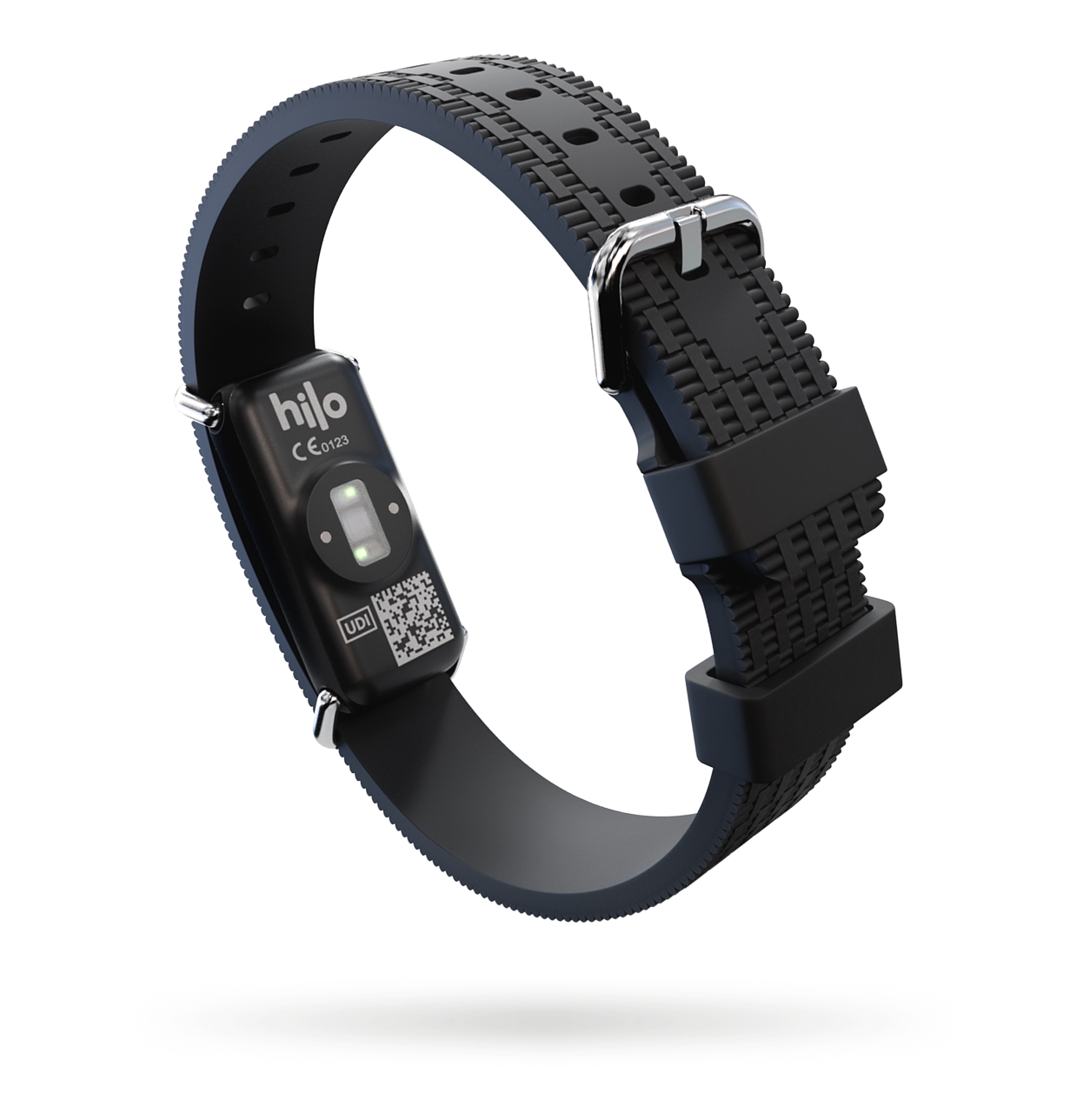This week saw the 24th anniversary of the launch of the original iPod – the device that changed our relationship with music forever. After leading the product function at Hilo for the past few months (Where I had my own ‘iPod moment’) I felt it timely to reflect on what the ‘iPod Moment’ means and why it is something product teams should strive for.
I want to celebrate that milestone from 24 years ago and draw out three lessons for product teams building today’s products and experiences about how to create an equivalent “iPod moment” of delight, transformation and magic for users.
The milestone: what the iPod was and why it mattered
Back on November 10, 2001, Apple released the first-generation iPod.
At the time:
- It offered a 5-GB hard drive in your pocket, which was extraordinary for a “music player.”
- It had a sleek, minimal form factor and a radically simplified UI (click wheel etc).
- It tapped into a user desire for music on the go– but delivered it in a way that felt fresh, complete.
- Importantly, it created emotional value: for many users, owning an iPod felt like a lifestyle upgrade.
Even though MP3 players existed before (Remember the Diamond Rio?!), the iPod became a cultural icon and set the stage for the rise of mobile devices like the iPhone.
So what’s the “magic” behind the moment?
- Simplicity + focus: one core job (carry your music), executed brilliantly.
- A leap in capability: enough capacity, good design, clear value.
- Emotional resonance: owning it felt good, it felt a bit aspirational.
- Platform thinking: it didn’t just sell hardware, it sold an ecosystem (iTunes, syncing etc).
Why product teams should strive for an “iPod moment”
If you’re building a product (hardware, software, subscription services) you should ask: Can we create a moment where users say “wow this changes things for me”?
Here’s why that matters:
- Differentiation: In a crowded market, incremental improvements often don’t cut through. The iPod moment was a jump, not just a bump.
- User loyalty: When users feel delight and transformation, they become advocates and stick around.
- Foundation for ecosystem: That initial magic gives you a foothold. Once users are in, you can expand (services, upgrades, tiers).
- Internal clarity: For your team, aiming for “that moment” focuses priorities: design, UX, core experience, emotional payoff.
How to design for that moment: three concrete principles
Drawing lessons from the iPod, here are three principles you can apply to your product strategy to aim for an “iPod moment”.
1. Identify the “job to be done” and make it frictionless
- The iPod’s job: “carry all my music, listen whenever I want”.
- It removed big friction: big clunky players, playlists via PC, limited storage.
- Pick the one thing your user desperately needs and clear away the complexities.
- Ask: What is the minimum viable magic? What parts of the journey create pain or drop-off?
2. Deliver a leap, not just incremental improvement
- 5 GB in your pocket in 2001 was a leap.
- The design and simplicity were leaps.
- Avoid: “same function, a bit better”. Instead: “new experience, new value”.
3. Build emotional value and make ownership meaningful
- Users didn’t just buy the iPod – they owned a piece of culture.
- It was well-designed, well-branded, simple to use.
- With your product: consider not just features, but how the user feels when they engage. How can you make them say: “Yes – this is for me”?
- The brand, packaging, onboarding, first-use experience all contribute.
- For example: how the app presents insights, how the hardware “just works” out of the box, how the first 7 days feel magical rather than technical.
Applying these to your roadmap
- Map the user onboarding: identify the moment when the user says “I get this!!! (And am delighted.” Build towards it.
- Align cross-team.
- Prioritise tests that impact the magic moment: faster setup, fewer decisions, clearer first value.
- Measure emotionally: beyond DAU/MAU, measure “delight moments” or first-week retention after first insight or meaningful value.
- Reserve incremental features for later; front-load the leap: this is not about adding 100 minor improvements at launch.
At 51, I’m the fittest I’ve ever been but my relationship with health has been shaped by neurosurgery, major operations, and some huge lifestyle shifts into fitness and training. I’m obsessed with understanding my body and staying ahead of my health.
When I joined Hilo a few months and set up the device, I had my own iPod moment. A week later, watching my blood pressure trend appear in the app, synced seamlessly from the lightest, most comfortable wearable I’ve ever used, something clicked. My data shifted in real time and showed me I was in my optimal range. It was simple, elegant, and genuinely reassuring.

Hilo continuously maps your blood pressure and gives you a level of peace of mind that simply hasn’t been possible before. For millions living with, or at risk of hypertension, this isn’t just an improvement. It’s a game changer.
24 years after the iPod’s debut, it reminds us that great products don’t just solve a problem they deliver a new experience, a leap, a delight. As your team builds the next thing or ecosystem, don’t ask only “what features do we add?”, but ask: “what moment will the user remember and feel changed?”
Let that be your “iPod moment.”